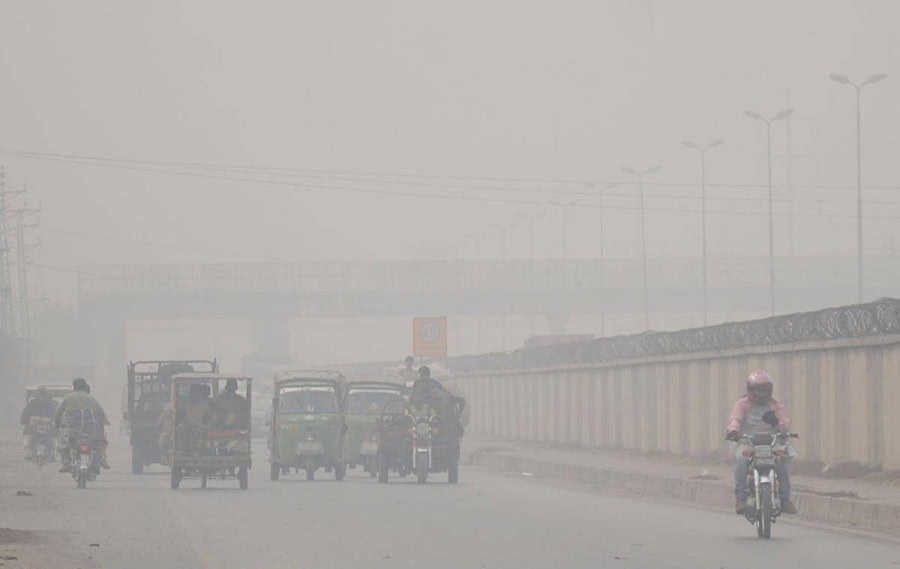ISLAMABAD – The Pakistan Meteorological Department (PMD) has predicted mainly cold and dry weather for Islamabad, Rawalpindi and most parts of Pakistan during the next two days.
As per the synoptic situation, continental air prevails over most parts of Pakistan.
Under these conditions, mainly cold and dry weather is expected in Islamabad, Rawalpindi and most parts of Pakistan on Thursday night, Friday and Saturday.
Freezing and partly cloudy weather is likely in northern areas of the country and north Balochistan.
Light rain and snowfall are likely in upper Khyber Pakhtunkhwa, Gilgit-Baltistan and Kashmir.
Frost is likely to occur in Islamabad, Potohar region and Kashmir during morning hours.
Fog update for Pakistan
Dense fog/smog is likely to persist in Punjab (Bahawalpur, Sahiwal, Okara, Kasur, Lahore, Sialkot, Narowal, Gujranwala, Jhelum, Mangla, Faisalabad, Jhang, Sargodha, Mandi Bahauddin, Toba Tek Singh, Khanewal, Multan, Khanpur, Rahim Yar Khan, Hafizabad, Bhakkar, Layyah, Dera Ghazi Khan and surroundings), plains of Khyber-Pakhtunkhwa and upper Sindh.
Dense fog/smog may force the closure of Motorways and disrupt traffic on other inter and intra-city roads including the National Highway.
In Islamabad, the minimum temperature will likely remain between 00-02 degrees Celsius on Friday and -01-01 C on Saturday.
Rawalpindi’s minimum temperature will likely remain between 01-03 C on Friday and 00-02 C on Saturday.
Meanwhile, cold wave persisted in Islamabad, Rawalpindi and most parts of Pakistan during the last 24 hours.
In Islamabad, the minimum temperature was recorded at 01 C.
Relative humidity during the evening was recorded at 91 per cent.
In Rawalpindi, the minimum temperature was recorded at 02 C.
Relative humidity during the evening was recorded at 84 per cent.
Leh remained the coldest place in the country where mercury dropped 11 C below freezing.
Dense fog/smog forced the closure of Motorways and disrupted normal vehicular movement on the National Highway and other inter and intra-city roads.
Dense fog increased the chill in the weather by decreasing temperature during the daytime.










